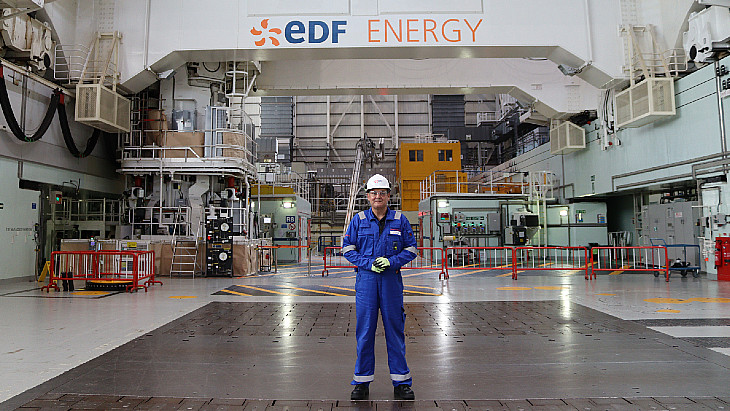Fuel assemblies with 3D-printed bottom nozzles tested
.jpg)
According to the company, debris-wearing action on the fuel rod cladding - known as debris fretting - is the primary source of leaks in pressurised water reactor (PWR) fuel assemblies.
Additive manufacturing technology, it says, offers significant improvements in debris filtering thanks to enhanced design freedom which reduces the diameter of debris that can enter into the reactor. In testing, the additively manufactured components demonstrated a 30% improvement in debris resistance, from 65% to 96%.
"Our additive manufacturing technology is allowing us to achieve breakthrough performance with an immediate positive impact for our customers," said Westinghouse President of Nuclear Fuel Tarik Choho. "This significant technology innovation for PWR reactors mitigates the risk of leakage in the fuel rods due to the accumulation of debris, strengthening the safety and efficiency of our customers' operations."
Southern Nuclear President Pete Sena added: "Over the past decade, Southern Nuclear has led the industry in the development and implementation of new technologies that improve fuel resiliency. The existing nuclear power fleet is the backbone of our country's clean energy supply, and we are innovating nuclear fuel today to be more robust in order to deliver safer, more affordable and more reliable carbon-free clean nuclear power for decades to come."
Additive manufacturing (AM) - or 3D printing - simplifies the manufacturing process by building a three-dimensional object from a computer-aided design model, usually by successively adding material layer by layer.
In 2015, Westinghouse conducted the first-ever material irradiation study of AM nuclear components. In 2020, the company installed the first-ever safety-related AM component, a thimble plugging device, into an operating commercial reactor, unit 1 of Exelon's Byron plant in Illinois.
Nuclear fuel debris filters manufactured by Westinghouse using 3D printing technology have been installed at unit 2 of the Olkiluoto plant in Finland and unit 3 of the Oskarshamn plant in Sweden. Westinghouse said the StrongHold AM filters are fully manufactured through 3D printing techniques and offer enhanced capture features to prevent debris from entering the fuel assembly and potentially damaging the cladding, which could cause unplanned and expensive outages.
In 2024, Westinghouse produced the 1000th additive manufacturing component for VVER-440 fuel.
_49098.jpg)
_75453.jpg)

_70526.jpg)









